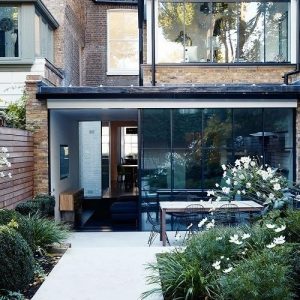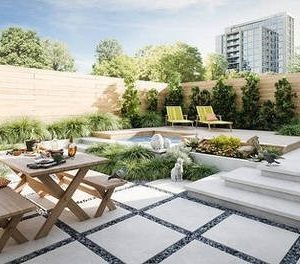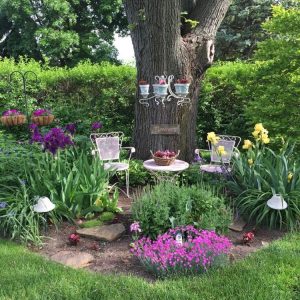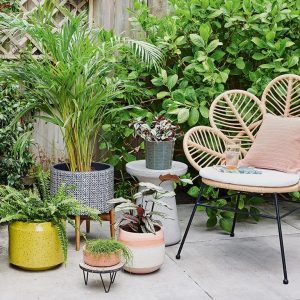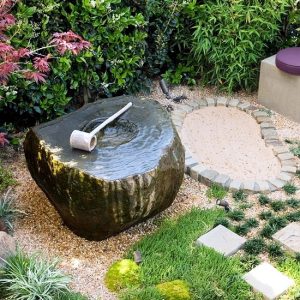With its temperate climate and verdant landscapes, the “green and pleasant land” of England has long been associated with beautiful gardens. From the formal gardens on the grounds of castles and grand estates, to the humble cottage gardens in villages, to the allotments popular in many urban areas, England is a nation of gardeners. Specific styles and methods of gardening are associated with England, including the widespread popularity of the herbaceous border, which is full of flowers through three seasons and usually has plenty of winter interest. It’s not hard to achieve the look of an English, though some knowledge of horticulture and design is helpful to help select plants suitable for your region and climate.
What defines the look of an English garden? A number of visual themes are seen again and again: large drifts of colorful perennials, color themes, and a fullness created by a wide variety of textures are all common sights. Authors such as William Robertson (The English Flower Garden) helped bring knowledge and techniques for creating herbaceous borders to the public in the 1800s, marking a modern trend away from the formal structure of classic European gardens. The legendary garden designer and author Gertrude Jekyll was celebrated for her bold approach to color, including single-color-themed gardens and the geometric diagonal shapes creating recognizable drifts of plants in borders.
Fortunately, with a bit of preparation and inspiration, the appeal of an English garden is not too difficult to achieve no matter where you live. Here are a variety of ideas here for you to create your own.











